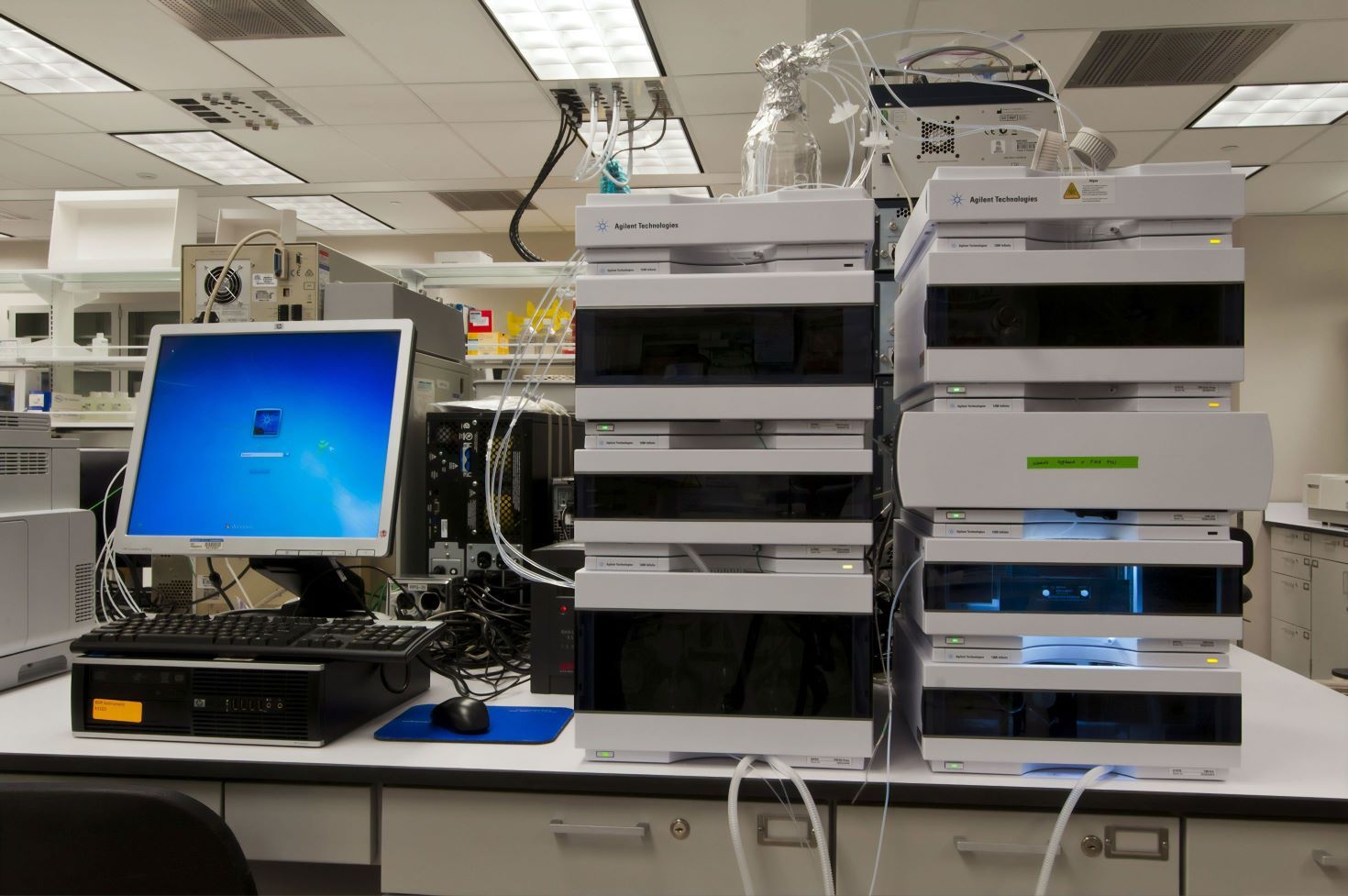Investigating the Challenges of Predictive Maintenance in Pharmaceutical Laboratories
Predictive Maintenance (PdM) as part of the Pharma 4.0 model and its challenges.

Topic
Predictive maintenance (PdM) is still little use in the pharmaceutical industry, although its advantages over other maintenance strategies, such as preventive maintenance, are well described in the literature. However, the literature also states that the challenges involved can be a barrier to the adoption of PdM in the pharmaceutical industry. This thesis aimed to determine these challenges by using the high-performance liquid chromatography (HPLC) system as an example.
Relevance
The pharmaceutical industry is highly regulated and therefore risk averse, as introducing new systems or technologies usually requires a lot of time and money for validation and qualification. Another reason is the lack of motivation to discard existing processes, as products are sold with a high-profit margin. Using predictive maintenance can reduce maintenance costs by 25-35% and avoid downtime by 70-75% while increasing productivity by 25-35%. However, it is well known that challenges slow down the adoption of new technologies. Therefore, it is important to identify them prior to the introduction of PdM in the pharmaceutical industry.
Results
Through interviewing from various perspectives, the following types of challenges were identified that are likely to slow the adoption of PdM on an HPLC system in the pharmaceutical industry: Technical Challenges, Regulatory Challenges, Distrust, Lack of Knowledge, Financial Challenges, Organizational Challenges, and Silo Mentality / Silo Effect.
Implications for practitioners
- Regardless of whether an in-house solution or a ready-made PdM solution is used, it is important to have experts, whether for the device in question or in the field of PdM.
- Communication plays an important role as there is still a lack of knowledge in the industry. Therefore, it is important to promote PdM internally in the form of meetings or town hall meetings and externally at conference.
- The knowledge about PdM should also be increased through communication measures in order to reduce mistrust towards PdM. For this purpose, trade journals or magazines could be used as a medium.
- It is crucial to present convincing business cases to illustrate what PdM is, and what it can do. Most importantly, what benefits - whether technical, environmental, economically, etc. - can be generated for all affected stakeholders.
- Pharmaceutical companies must also ensure that all relevant stakeholders are involved from the very beginning to avoid potential silo effects and allow sufficient time for the project.
Methods
Data collection: 13 experts from different stakeholder groups were interviewed by applying MS Teams. The selection of stakeholders was intended to ensure that all opinions and perspectives were holistically represented in order to discuss and shed light on the challenges.
Data analysis: This included transcribing the interviews using MAXQDA, a text analysis tool for qualitative data analysis. Data analysis was conducted following the content analysis presented by Kuckartz and Rädiker. This involved first creating text memos, developing main categories, and then coding the data according to the main categories. Subcategories were also inductively formed followed by coding the data according to the subcategories.
